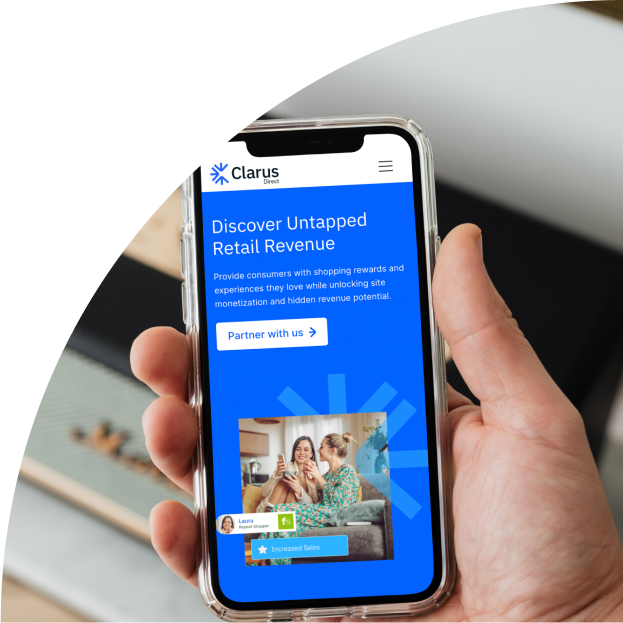Retail +
E-commerce
The retail and e-commerce world moves fast. You need the right retail tech marketing agency partner to stay ahead.







Maintain an edge in the e-commerce industry with retail marketing services
Customer expectations are fluid, and demand for seamless retail and e-commerce solutions continues to increase. To remain competitive in a sea of brands, you have to continuously innovate and adapt to market trends.
That’s why you need a retail and e-commerce marketing firm partner with deep industry experience and B2B media relations expertise. Whether you want to better connect with your target audience, differentiate yourself from the competition or drive awareness, our team of retail tech PR and marketing experts is on top of the latest trends so your offerings are always part of the conversation.
Stand out on the retail tech shelf with an e-commerce marketing firm
Stake your claim in the retail and e-commerce space with retail marketing services tailored to your target outcomes.

Enhance your visibility
From social media campaigns to custom illustrations, you need creative assets that drive awareness of your products and excite your target audience. Your ability to capture attention and engage audiences with creative storytelling will leave a lasting impression on your buyers.
Establish industry credibility
It takes the right media relationships and newsworthy insights to position your brand as a retail leader. Raise your brand’s profile with B2B tech PR backed by industry expertise and up-to-the-minute knowledge of retail trends.
Boost your reputation
Retail and e-commerce tech players compete in a crowded field. Whether you need branding insights or data-driven thought leadership content that showcases your industry expertise, we have the tools to differentiate your solution from the pack.
Elevate your brand with best-in-class cybersecurity PR
When you partner with Walker Sands for retail technology PR, you gain the industry experience and media relationships it takes to stand out as a leader in a crowded media environment. We specialize in a wide range of commerce solutions for retailers, marketers, brands and manufacturers, including:
- Digital commerce
- In-store technology
- Product content
- Supply chain and logistics
Walker Sands creates tailored e-commerce PR campaigns aimed at engaging your key audiences, boosting brand awareness, building credibility, and generating leads for your retail technology business.
Explore our work in the retail tech space

“The metric that matters most to us is new business and we’ve seen a 15% increase in revenue year over year.”
JD Woods
CMO
Find inspiration for your B2B marketing strategy
-
GA4 and Google Tag Manager: Where to Start for B2B Marketers
-
Developing and Implementing an SEO Strategy in 2025
-
How CEOs Should Engage With Their Marketing Agency: When To Lean in and When To Step Back
Explore more outcomes and solutions from Walker Sands
Get in touch with our retail marketing agency experts.

Executive Vice President + Managing Director, Seattle


